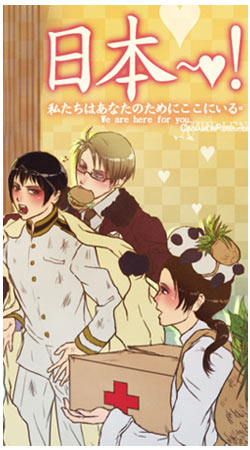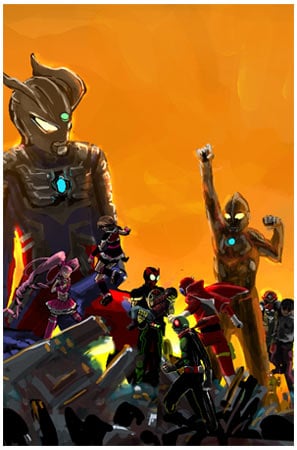It’s now been a week since the the earthquake that devastated much of northern Japan and shifted the Earth’s axis by 6.5 inches, and everyone is taking stock. Though the damage has been incredible, there’s no country as well equipped as Japan to recover, and the process is already beginning. I’ve been really impressed with the calm resolve of the Japanese people to overcome this disaster — there’s been no rioting or bad behavior, and everyone is listening to the official announcements and doing what they’re asked to do. The only comparison I can make is the home front in the U.S. during World War II, when everyone came together for a common cause.For us in the Kanto Region, the main hardship has been the 3-hour rolling blackouts we’ve been experiencing once or twice per day. This is only an inconvenience, especially when it’s cold, but everyone is aware of how much harder people in the directly affected areas have it. Though some people are freaking out and buying more food than they need, I found convenience stores around J-List well stocked with everything from ramen to ice cream to Calorie Mate, though bread and milk are hard to find. Naturally, prices haven’t inched up a single yen. Gasoline is another problem, as trucks delivering it to our area have been constrained, though the gas stations are open. For our part, J-List is functioning normally, placing large orders with our wholesale partners to help them get through this, and shipping products out daily. Of course, the drama surrounding the damaged Fukushima Nuclear Power Plants has been among the most troubling, and everyone has been glued to the news or their web browsers following the crisis. It’s a bad situation, though it’s important not to worry too much — for example, many news sites are happy to use overly-sensationalist language because it helps raise their page views. The situation is being tackled by very smart people, with much-appreciated help from the U.S. military’s “Operation Tomodachi” mission, and there’s every reason to believe things will be brought under control. It’s a shame that the name of Fukushima, likely unknown to most people before this sad event, had to become famous in this way, so I thought I’d write a little bit about the place. During my years in Japan, I’ve visited or passed through this rural prefecture in Japan’s Tohoku region many times, and it’s a very nice place. Most regions of Japan define a meibutsu (“famous thing”) and use it to promote themselves to tourists, and Fukushima is famous for its ramen, which is indeed delicious. Although Fukushima was never the center of important political events in Japan, there was a famous battle waged there during the Meiji Restoration, when forces loyal to the Tokugawa Shogun struggled with those trying to “restore” the Emperor to power and create a modern nation. During the battle, a group of 19 young pro-Shogun samurai of the Byakkotai (“White Tiger Squad”) saw smoke rising from their castle, mistakenly assumed the battle had been lost and committed mass seppuku. The battle and tragic death of the warriors is as legendary in Japan as Picket’s Charge is in the U.S. Anyway, now you know more about Fukushima than what you’re seeing on CNN these days!

The world is helping Japan get back on her feet.















